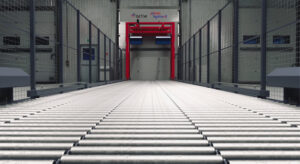
Automated trailer loading systems (ATLS) are often considered the domain of large-scale manufacturing facilities… Read more »

Automated trailer loading systems (ATLS) are often considered the domain of large-scale manufacturing facilities… Read more »

LoadPlate® semi-automated loading solution by Actiw, a subsidiary of The Joloda Hydraroll Group, has… Read more »

With rising logistics costs, it’s crucial to maintain profitability through highly optimised operations and… Read more »
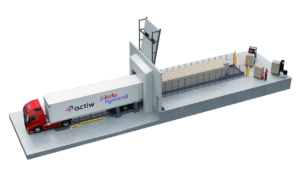
Actiw, a subsidiary of the Joloda Hydraroll Group, a global leader in loading and… Read more »
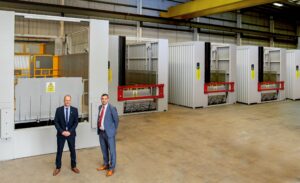
With a double-deck un/loading solution set to revolutionise European transport loading bay operations in… Read more »

Loading bays are busy places. People, vehicles and machinery are constantly moving and the… Read more »

Hyster has launched a new ‘2-in-1’ truck combining the benefits of both a Low… Read more »

Joloda Hydraroll Ltd, material handling expert and global loading and unloading solutions specialist, has… Read more »

Transport and logistics is a highly regulated industry when it comes to health and… Read more »
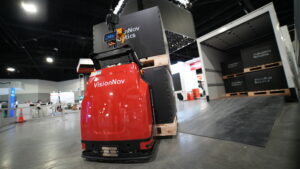
VisionNav Robotics launched its latest automatic trailer truck loading and unloading solution – featuring… Read more »
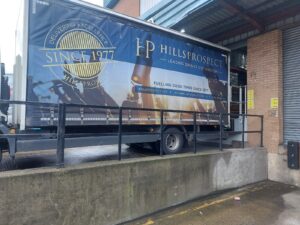
Doncaster based Hörmann Transdek have recently completed the installation of a bespoke loading platform… Read more »
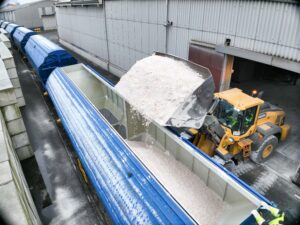
For more than 25 years, Rhenus Weserport Bremen has stood for expert and professional… Read more »

Joloda Hydraroll Ltd, global loading and unloading solutions specialist, has today announced its acquisition… Read more »
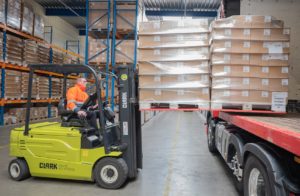
KOOI® ReachForks, often known as telescopic forks, are a proprietary brand developed by Meijer… Read more »
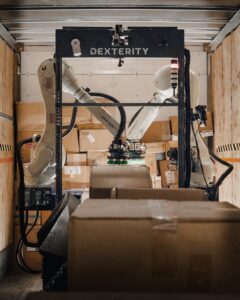
Dexterity AI has announced a collaboration with FedEx Corp. to leverage AI-powered robotic technology… Read more »
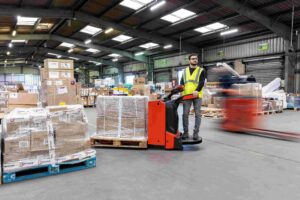
With the T16 P to T20 P models, Linde Material Handling (MH) is launching… Read more »
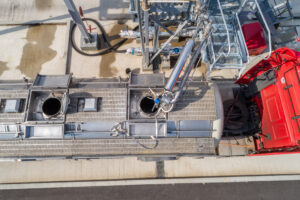
Industries such as oil & gas, food & beverage, chemical, and agriculture require goods… Read more »
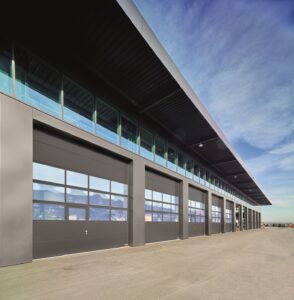
Hörmann UK is opening its doors for a series of events throughout 2023 to… Read more »
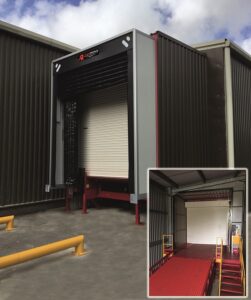
Against the current backdrop of soaring inflation and energy costs, loading and unloading specialist… Read more »
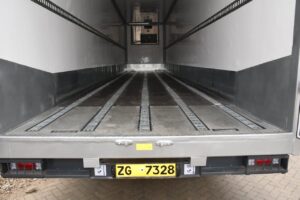
Joloda Hydraroll, world leader in loading and unloading solutions, has partnered with Sai Raj,… Read more »
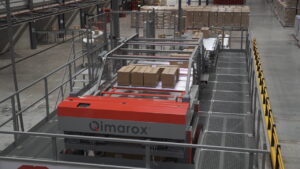
Qimarox, a leading manufacturer of components for material handling systems, has launched a new… Read more »
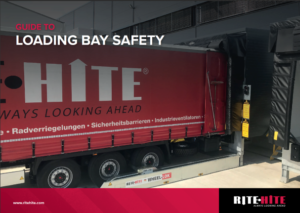
Rite-Hite, a leading manufacturer of industrial health and safety equipment, has published a new… Read more »
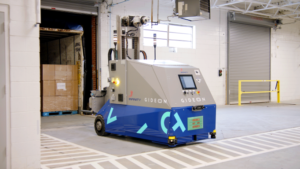
Gideon, the robotics and AI solutions company, has announced a pioneering new solution –… Read more »
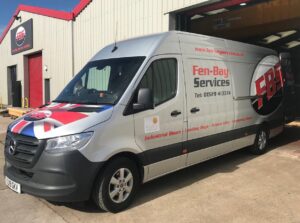
Fen-Bay Group, one of the UK’s leading suppliers of industrial doors and loading bays… Read more »
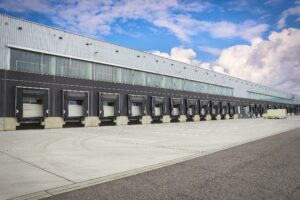
Loading bay security can be critical to the goods manufactured, sorted, or stored at… Read more »
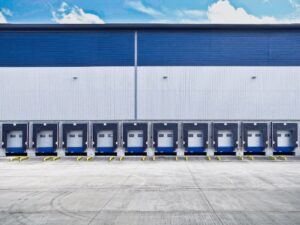
In this article supplied by Castell Safety, we seek an answer to the question:… Read more »
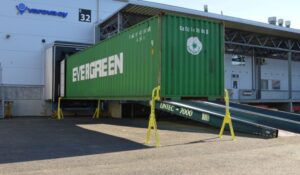
There is a Europe-wide HGV driver shortage, which is very acutely felt in the… Read more »
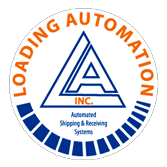
The Board of Joloda International Ltd (JIL) has announced the acquisition of a majority… Read more »
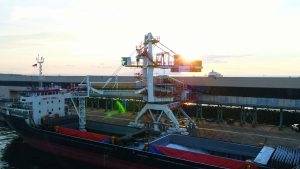
A loading and unloading system in a port must be able to handle ships… Read more »
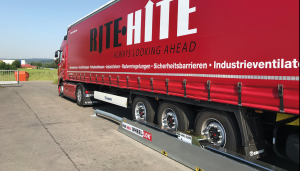
Rite-Hite, the Loading Bay safety business, has passed a major milestone in Loading Bay… Read more »
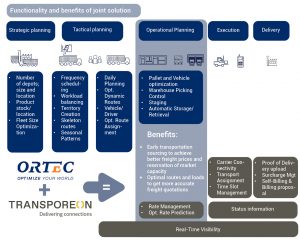
Transporeon and Ortec are announcing today a strategic co-operation, aimed at offering an advanced,… Read more »
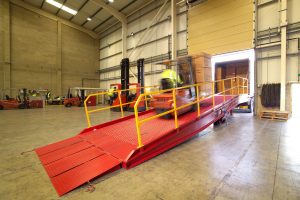
Loading bay solution specialist Thorworld Industries has devised safe practice methods to continue operations… Read more »

“No terminal in the UK or Europe uses a mobile device with software as… Read more »
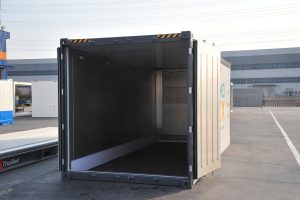
Shipping container innovator CakeBoxx Technologies has launched ‘ThermoBoxx’ refrigerated containers. It follows on the… Read more »
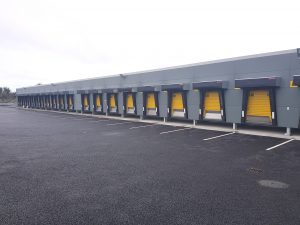
Hörmann Ireland has secured a new partnership with leading logistics company, DHL, to supply… Read more »
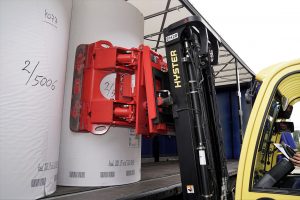
To simplify the process of loading trailers with paper reels in line with industry… Read more »
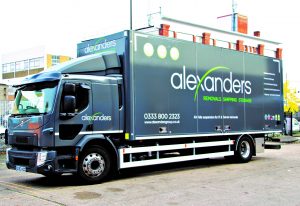
A removals and storage company says an Ekeri side-opening 18 tonne rigid vehicle has… Read more »
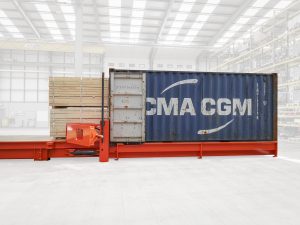
Combilift’s latest innovation, the Combilift Container Slip-Sheet (Combi-CSS), has been designed for quicker and… Read more »
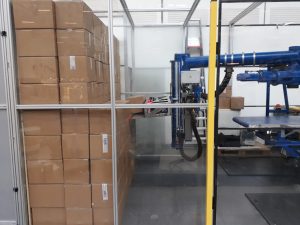
Dutch innovator Copal Handling Systems has developed a new generation container unloading system. Starting… Read more »

Located on the outskirts of Solihull (UK Midlands), Blythe Valley Park is an established… Read more »
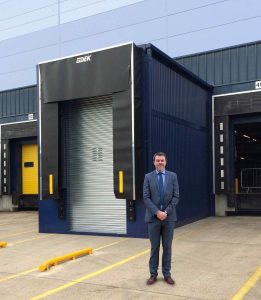
Lift and loading bay specialist Transdek has hired Neil Marsden as Sales Director. This… Read more »
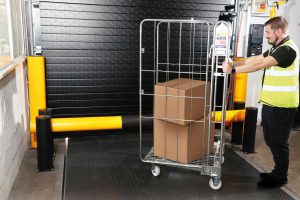
Workplace safety innovators A-SAFE claim they are closing the door on loading bay shutter… Read more »

Milwaukee-based manufacturer Rite-Hite has acquired UK-based C-Mech Services Ltd., a loading dock and industrial… Read more »
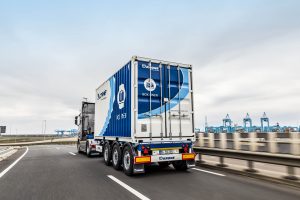
Flush-fit rear loading of 20’ containers is a must in the container transport sector… Read more »
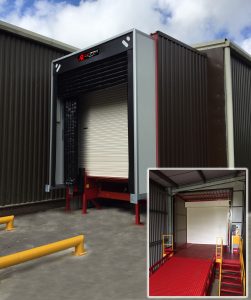
Ebrofrost UK Ltd, a manufacturer of individually quick-frozen (IQF) and chilled short cut pasta,… Read more »
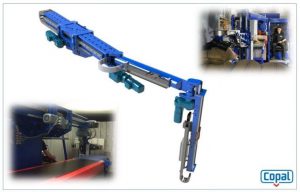
Automated container unloader Copal Handling Systems is making further advances with its innovative technology… Read more »
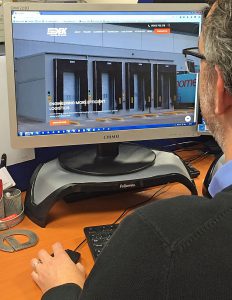
Trailer and loading bay expert Transdek UK has launched a new website to deliver… Read more »
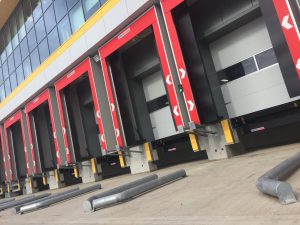
Stertil Dock Products are bringing a rainbow look to distribution centres around Europe with… Read more »
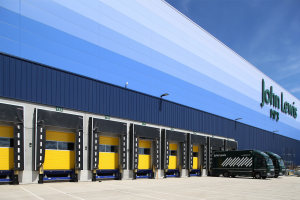
UK door manufacturer, Hörmann, has announced that it has successfully finished the installation of… Read more »
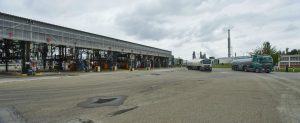
Software and consulting company Implico today announced the successful completion of a major modernization… Read more »